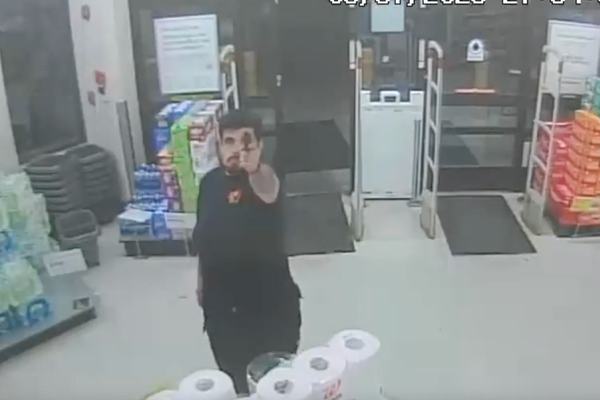
Working in community palliative care, I have the privilege of being welcomed into the lives of a diverse range of families while they reckon with the dying process. As a social worker, each time I enter the home of a client I attempt to understand their worldview through the glare of blinding grief and often disfranchised trauma.
Palliative care does not work to prolong life, nor does it intend to hasten death. Specialist palliative care looks at a person with incurable illness and acknowledges that they are not wholly their diagnosis. Good palliative care supports a person physiologically, spiritually, psychologically and socially. In assisting people to garner greater quality of life alongside their illness, research has shown that the cohort referred to palliative care can in fact live longer and happier than their initial prognosis may have suggested.
There are a particular group of cancers that are synonymous with the sex of a person who biologically carries breasts, a uterus, ovaries, fallopian tubes, a cervix and a vulva. In 2023 breast malignancies were recorded as being the leading cause of diagnosis for female-identifying cancers in Australia. In the same year ovarian cancer and carcinomas of the fallopian tube were estimated to equate for around a quarter of the gynaecological cancers diagnosed in Australia but almost half of the deaths recorded. Such health data is still largely extracted based on the constructed gender binary of men and women, though we know these diagnoses affect women as well as transgender men and non-binary people who were assigned female at birth.
Being a woman or identifying as female brings with it a slew of disadvantages not equally faced by our male counterparts. Many women in Australia are still living and dying with unwarranted and avoidable suffering. An essential but difficult part of identifying holistic care needs and advocating for women is recognising the incomprehensibly higher prevalence of trauma associated in this group.
The systemic oppression upheld by a society must be illuminated to recognise that inequality is not created equally. First Nations women’s life expectancy remains lower than that of non-Indigenous Australian women by eight years. The growing diagnosis of breast and gynaecological cancers – with the latter being seen in increasingly younger cohorts – accounts for an enduring divide between knowledge and access to culturally safe healthcare. Barriers are also higher among women from culturally and linguistically diverse backgrounds, with new migrants and refugees finding language and religious factors contribute to increasingly broader gaps in accessing supportive and informed healthcare.
There is a growing social conversation around understanding the historic disfranchisement of women’s pain and the erasure of such causes in our healthcare system. It is a step in the right direction, though I wonder how long it will take for our systems to allow women to unlearn the inherent gaslighting we have grown accustomed to. Gynaecology as a privatised industry, lest we rely on a swelling public health system waitlist to be seen in the hospital, is also in and of itself a barrier so financially impenetrable, it is no wonder women often delay their needs until the crisis of cancer has already mutated. The minimisation of our pain, our experience is, at times, embedded in our unconscious response to it. It is easier to stay quiet; it is expected.
Something I hear in this cohort is how the experience of illness influences a sociocultural ideology of womanhood and its inimitable link with identity. What does it mean when the organs most associated with creating and sustaining life evolve into the ones directly responsible for its antithesis? How a person perceives these parts of their body is uniquely personal. How their own narrative is informed by society is often at conflict with the reality of a body under duress.
In the latest federal budget, the government recognised the complex and systemic bias women face in the healthcare system. With more than $160m invested into women’s health, our experience is finally being acknowledged. However, I do wonder what narrative is embedded into our social conscience when approximately $105m in that share is catered to maternal and reproductive health. Surely we are more than our wombs.
I look to the day when our budget is funding health literacy, broader access to screening, culturally safe care and psychosocial supports to all people detrimentally affected by their health and the systems meant to support them.
Death comes slow, and then quick – the way you see the wind change before you feel it. As it goose-bumps over the ocean. As it tousles the treetops overhead. Perhaps it is the unavoidable authenticity of this period of time that can allow us to rewrite our own story. Look at our life, all its wonders, all the pain, all the lessons, and make some sense of it. See ourselves in a different light, from a different angle. The universal experience of women finding meaning in their bodies, their roles, their relationships, is sacred.
It is our responsibility as healthcare practitioners, and as humans, to advocate for their experience, their life, their choice, their death. For those facing breast and gynaecological cancer, and for the outliers. It is our responsibility as a society to view natural death as part of life, not separate to it. While always painful, it is at times also a strange relief. A long exhale. A love changing.
• Freia Lily is a writer and social worker living in Naarm/Melbourne







